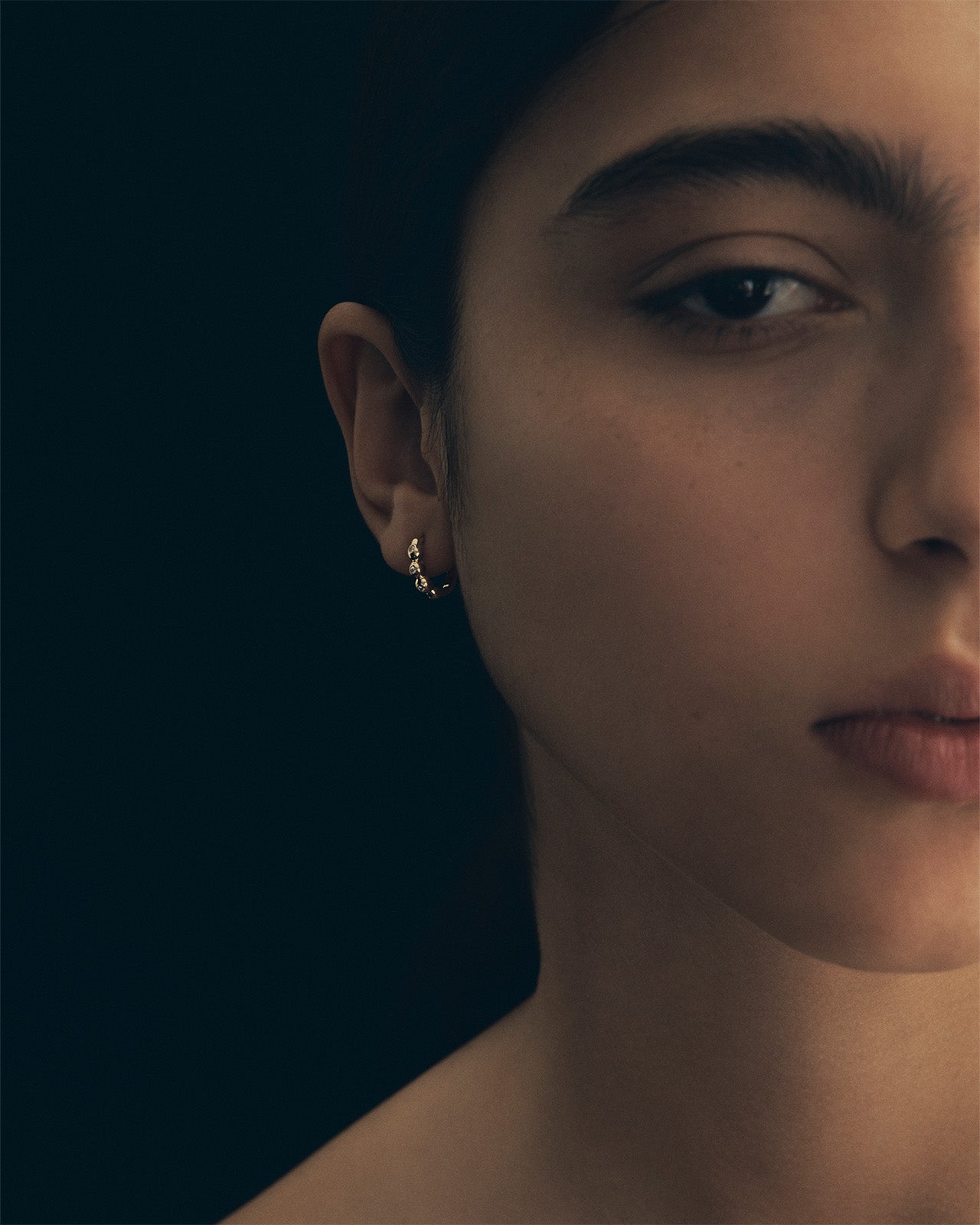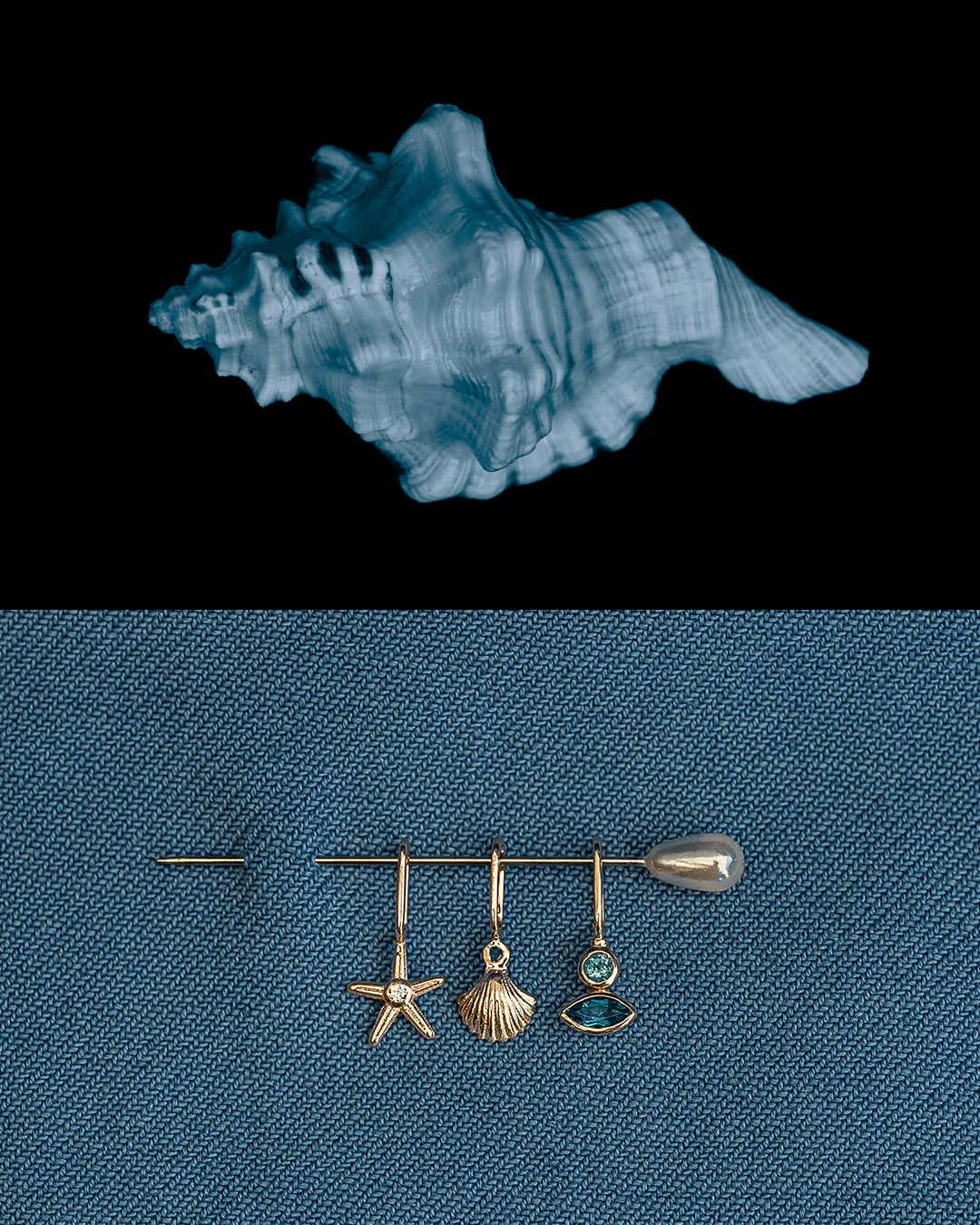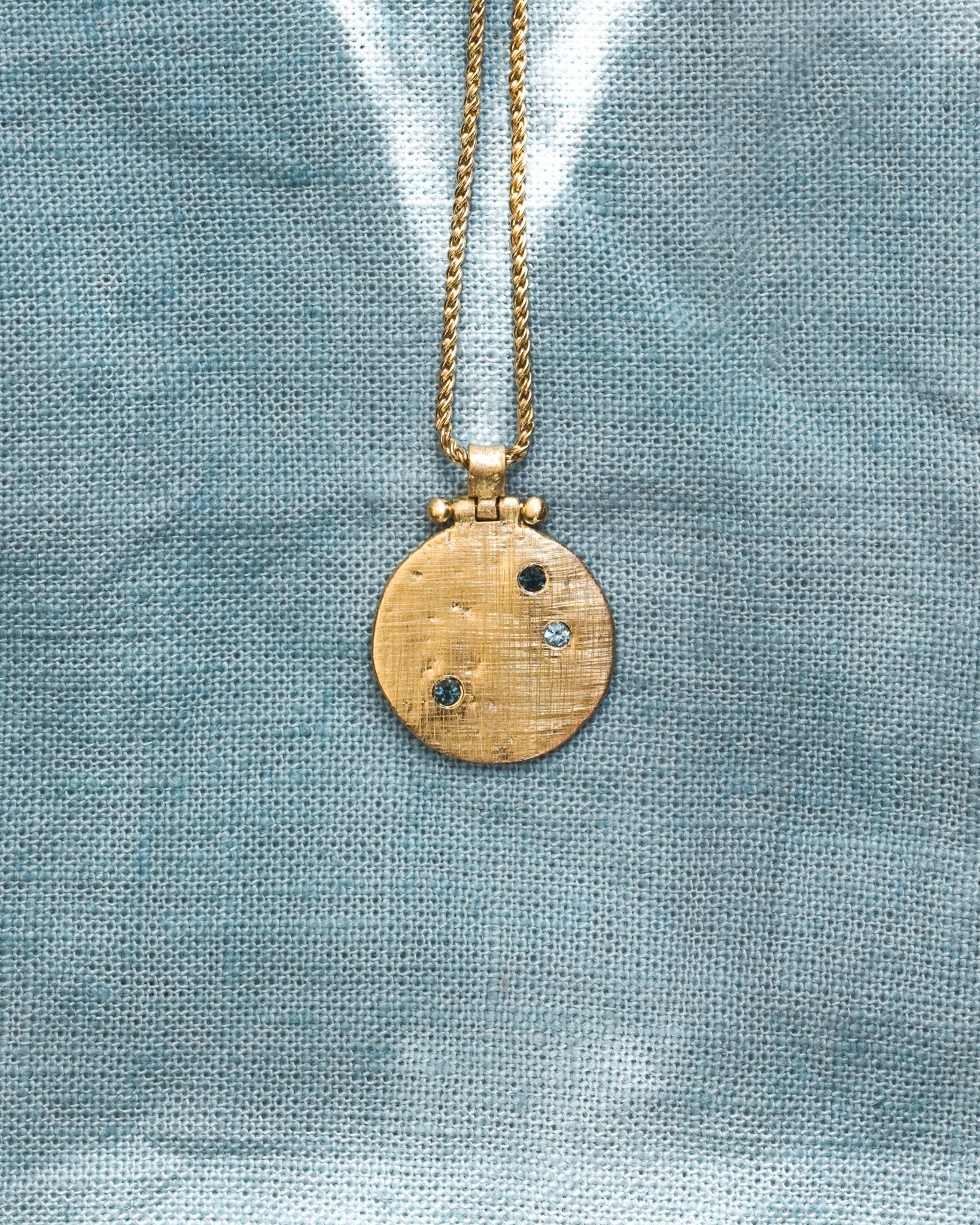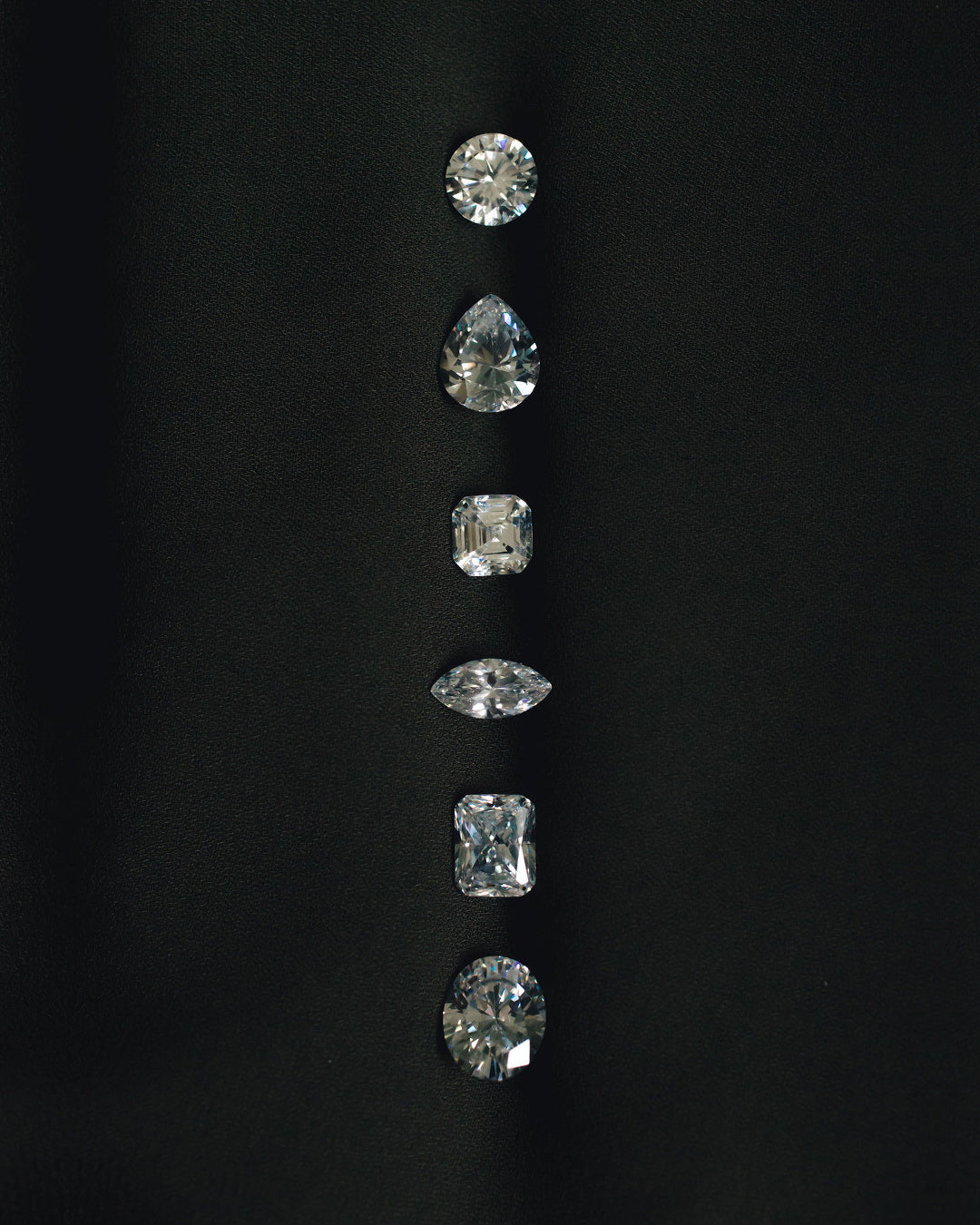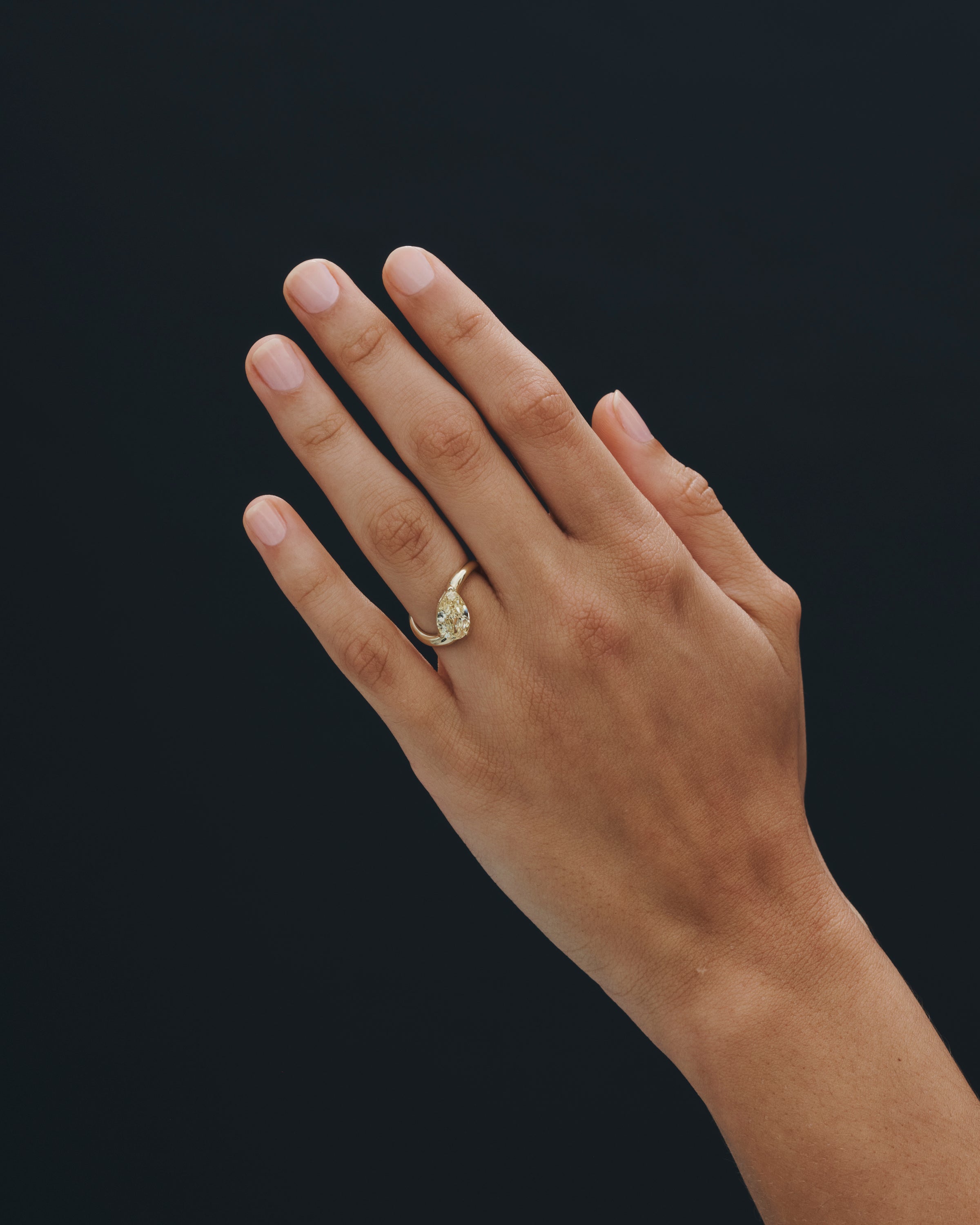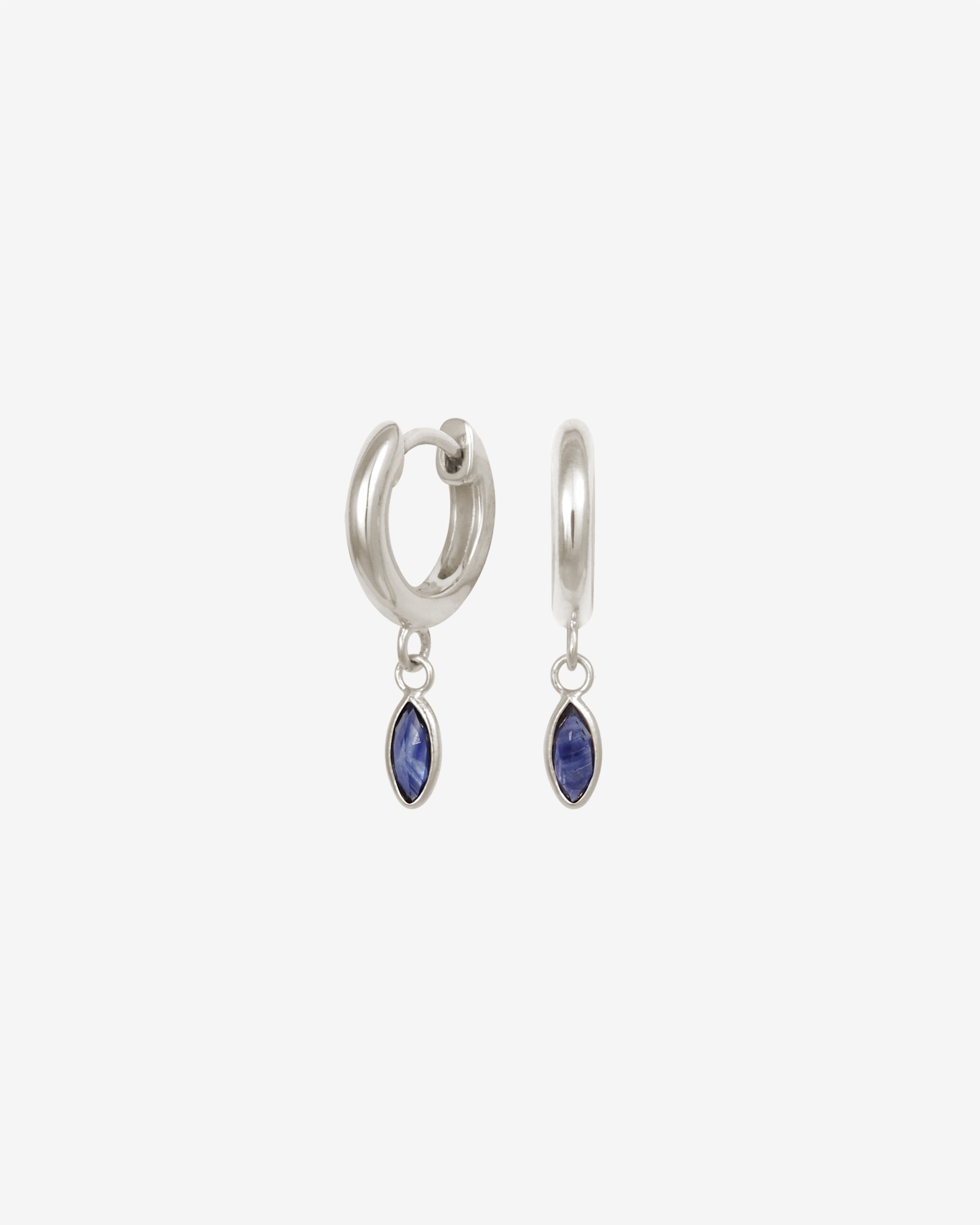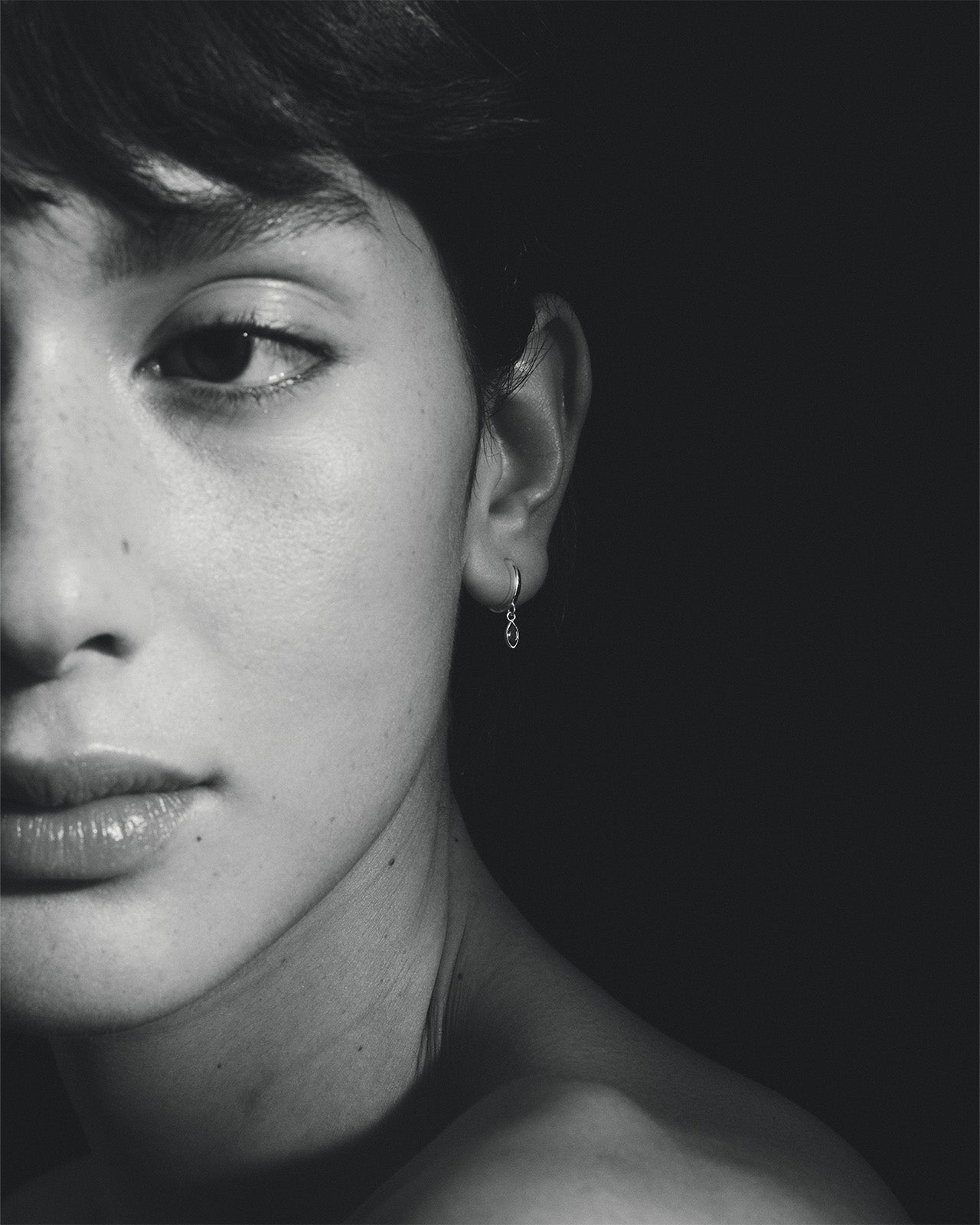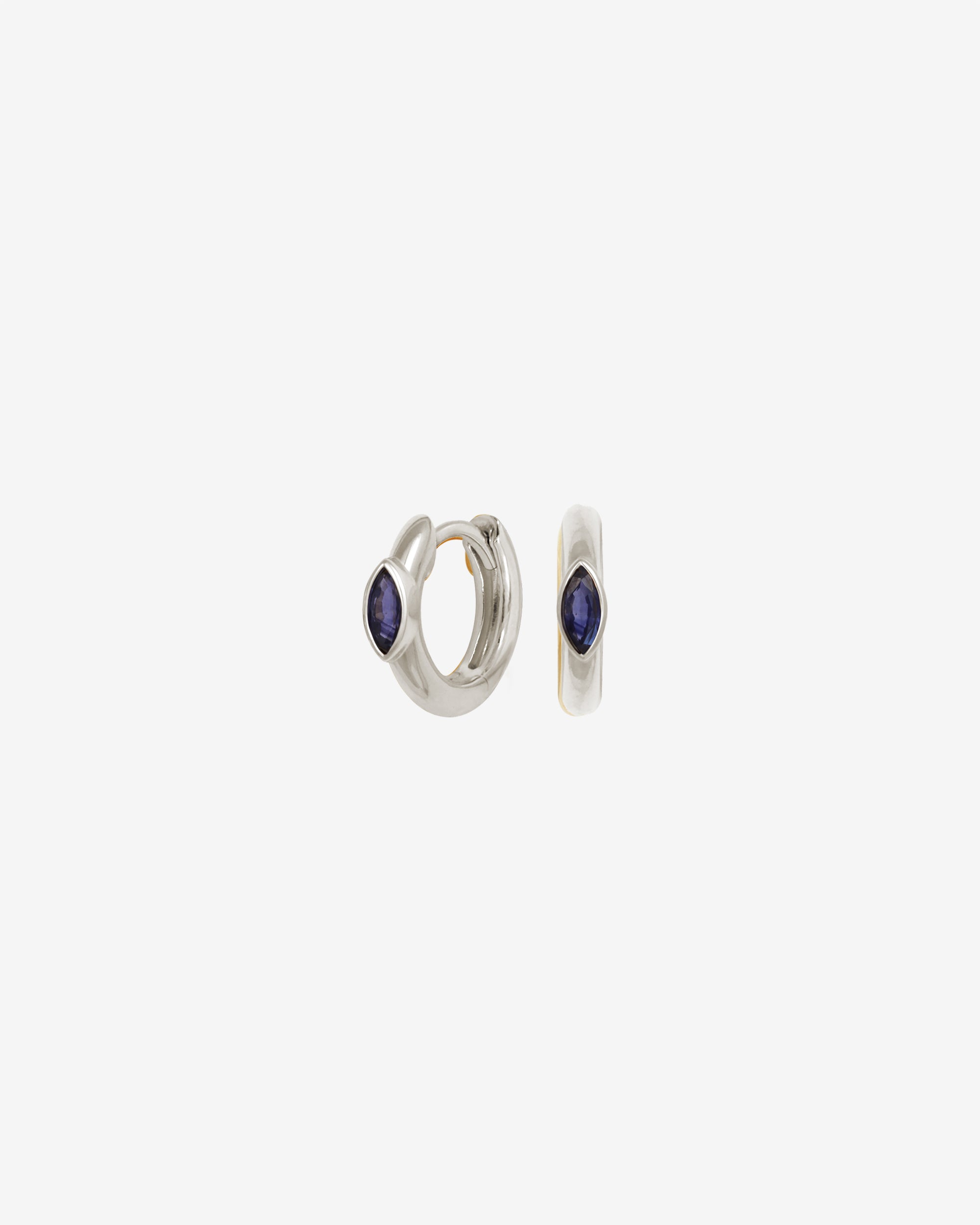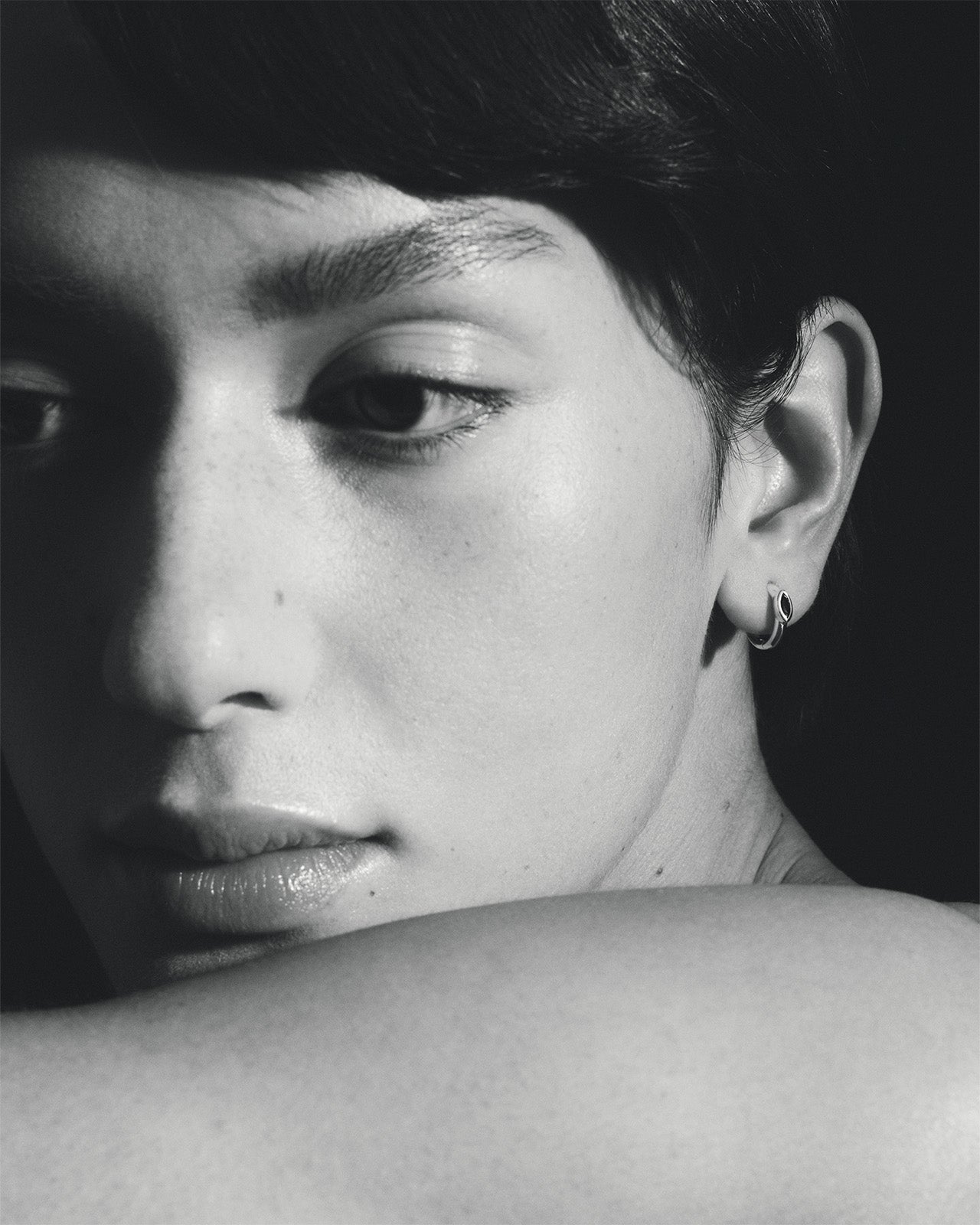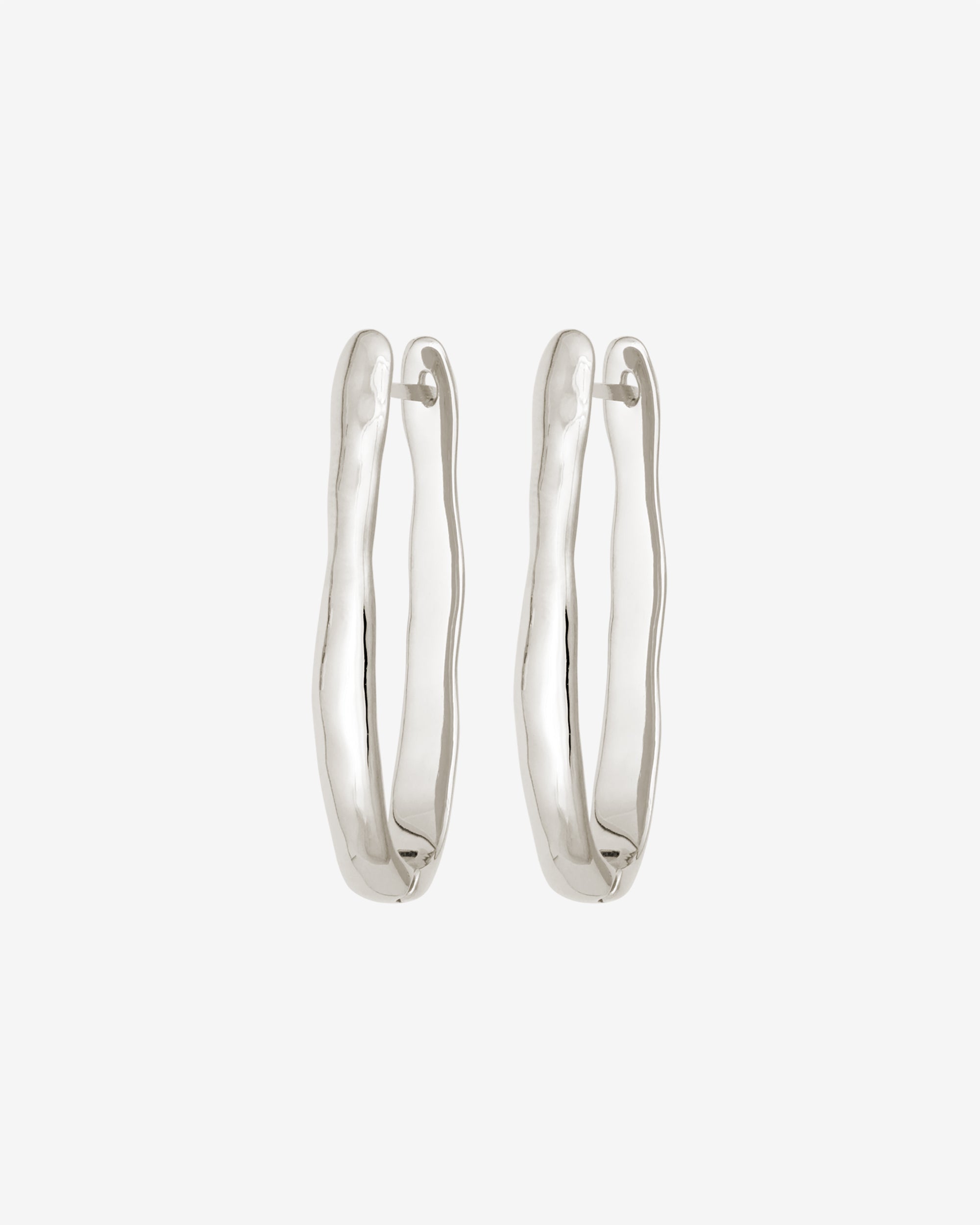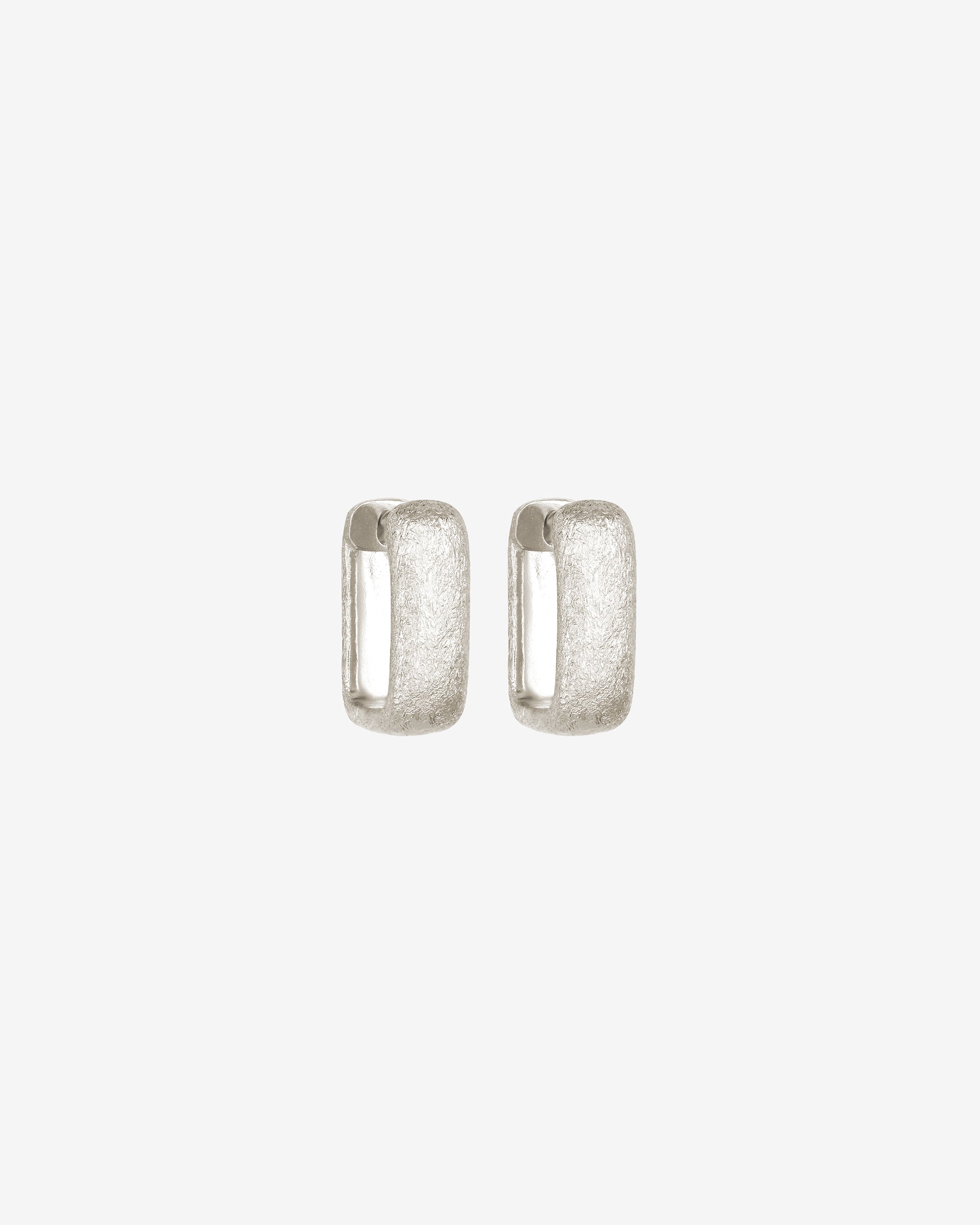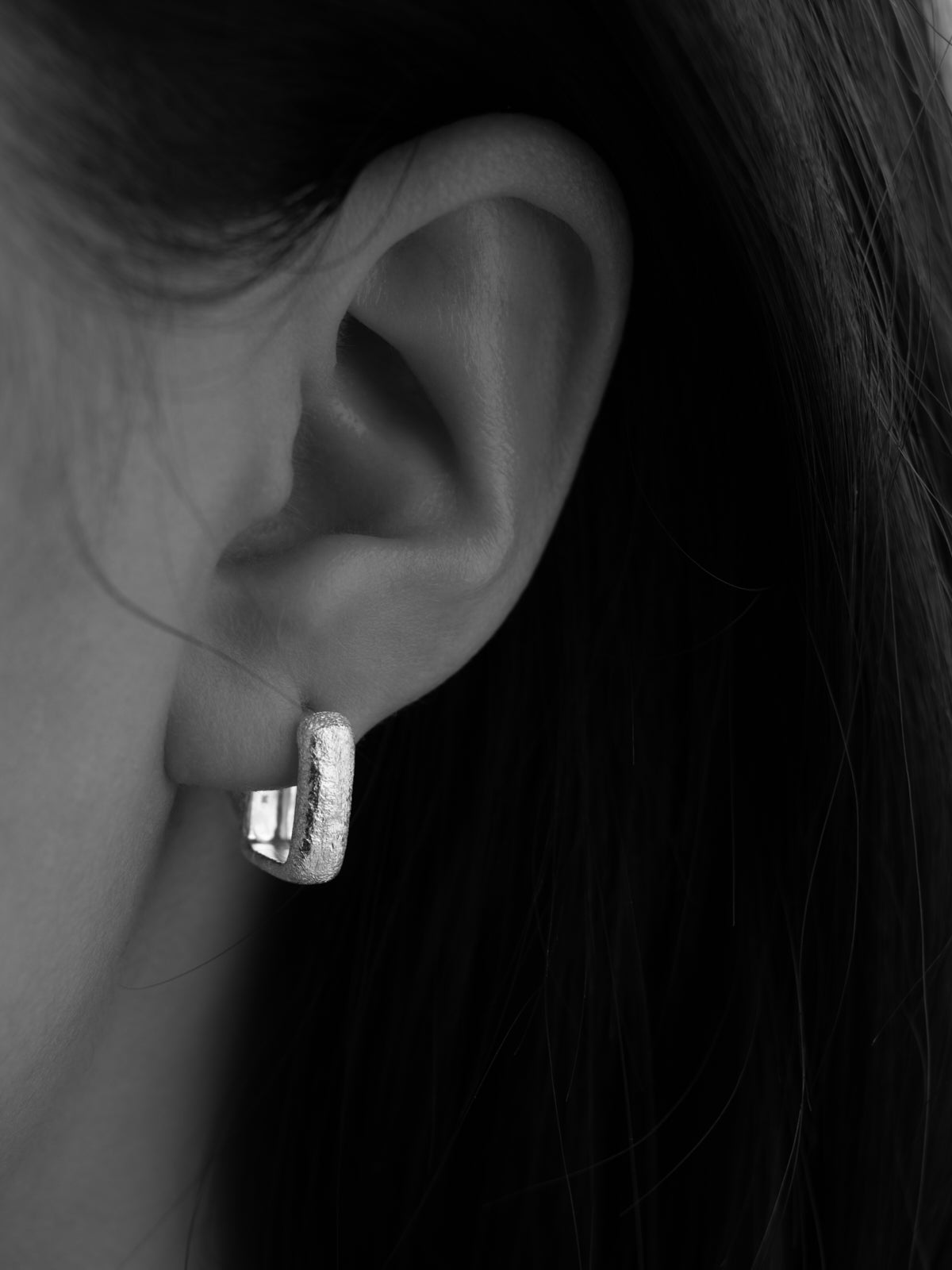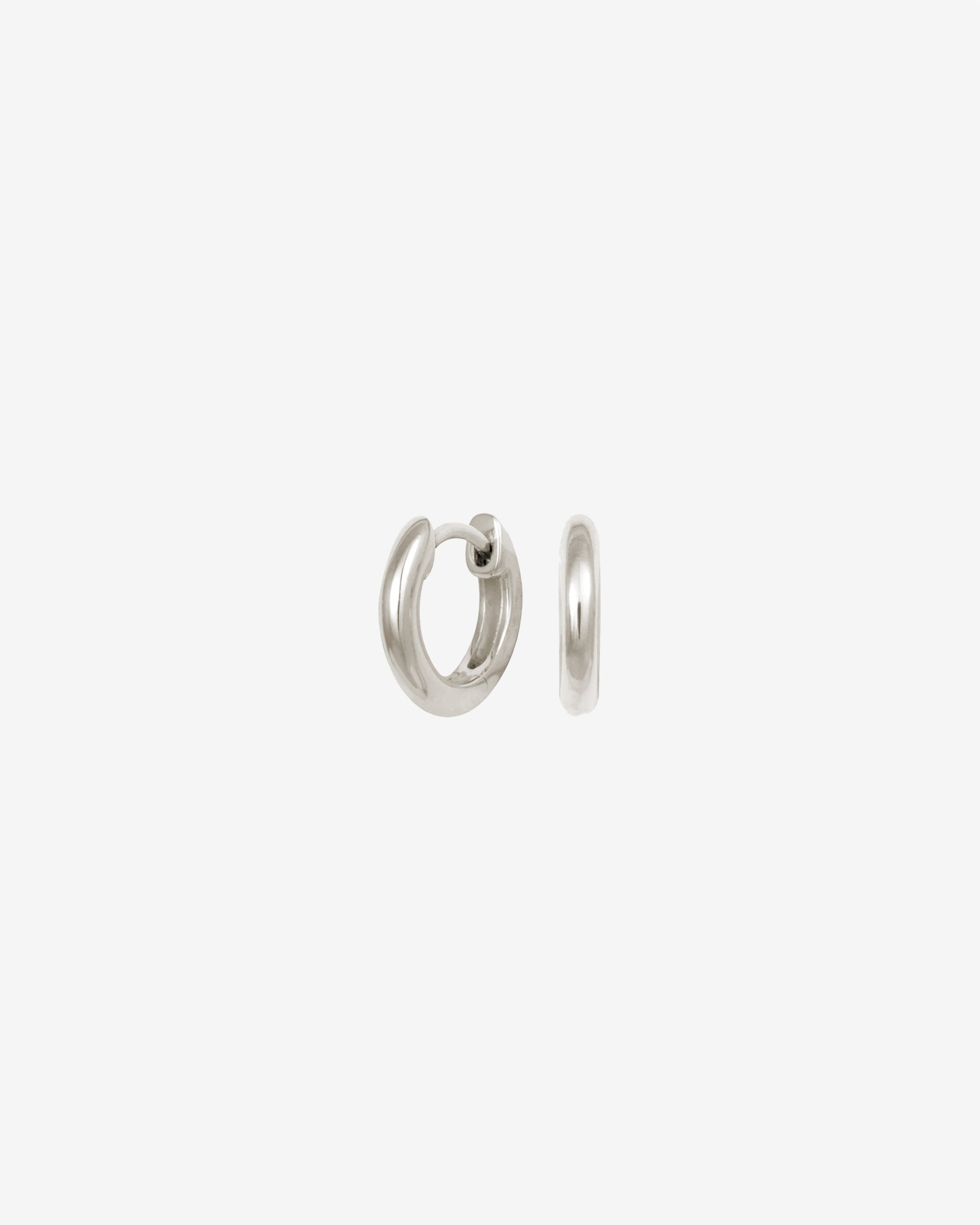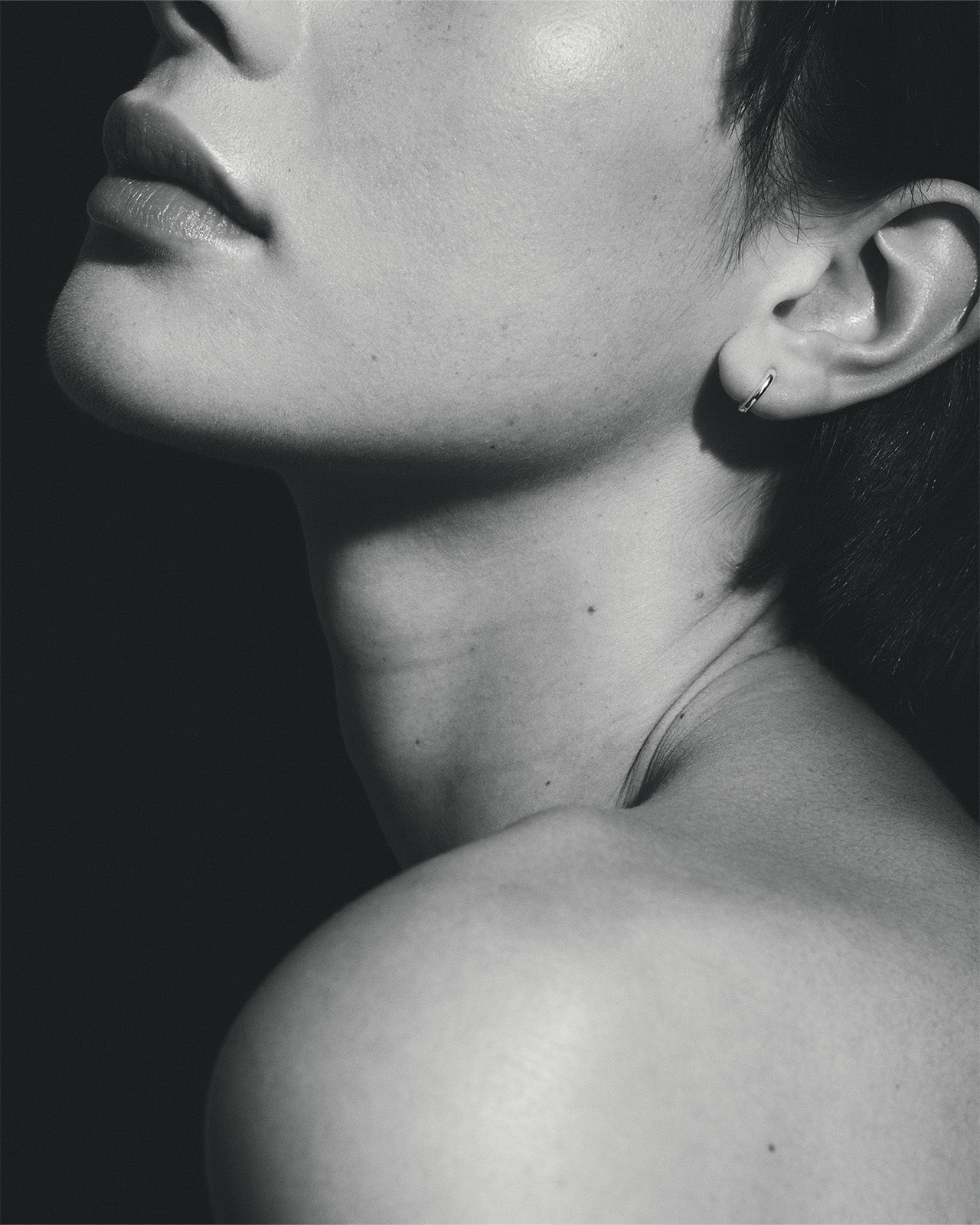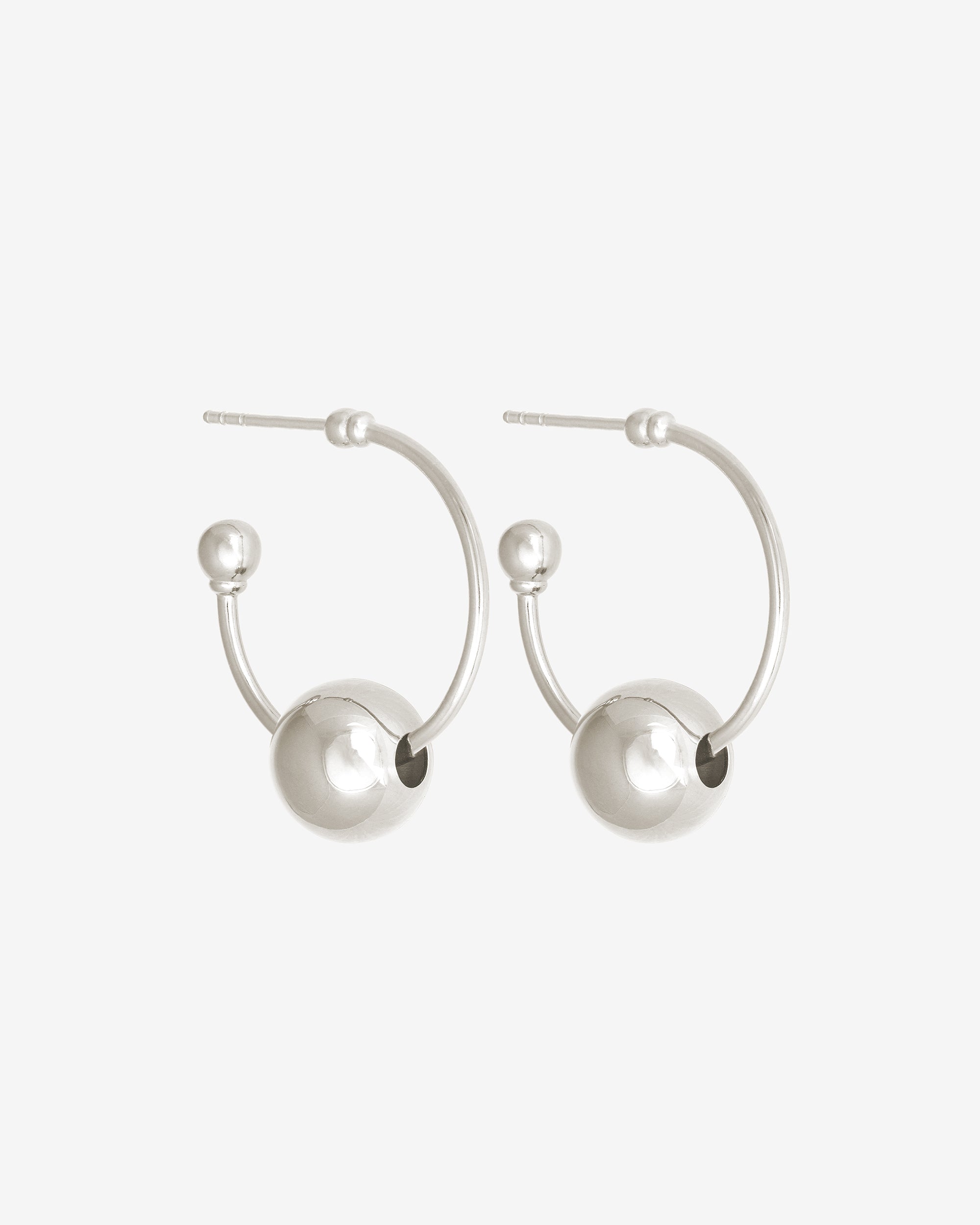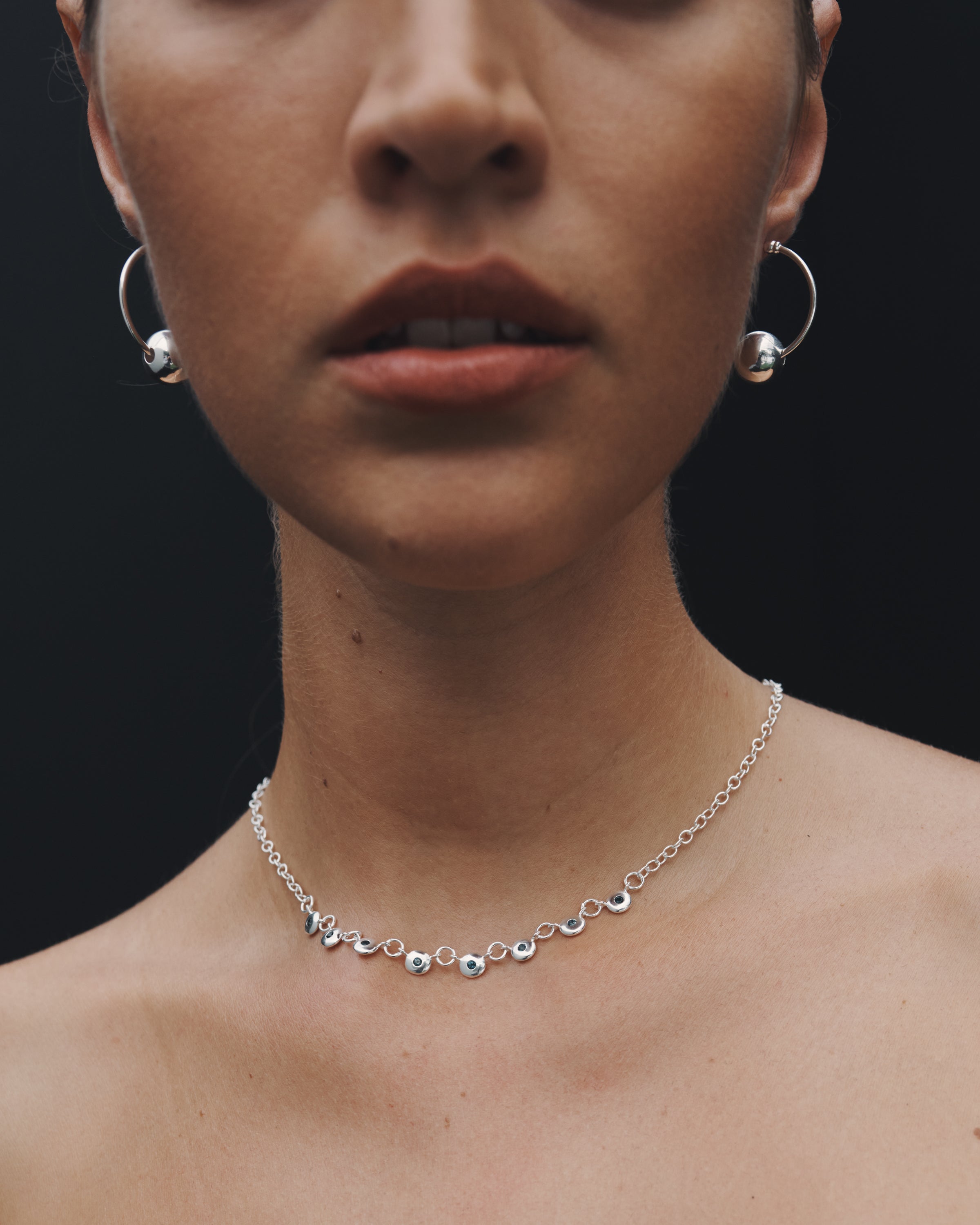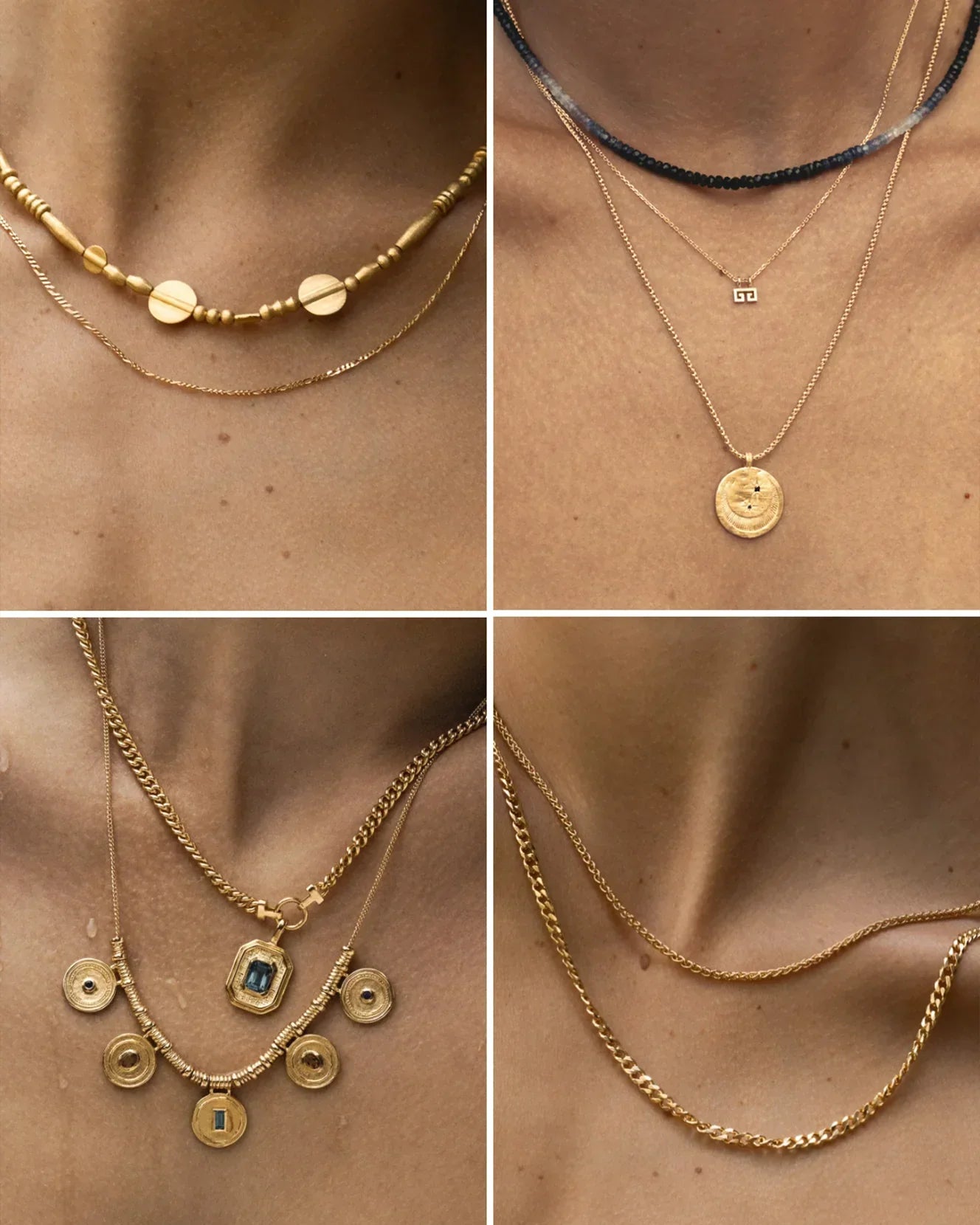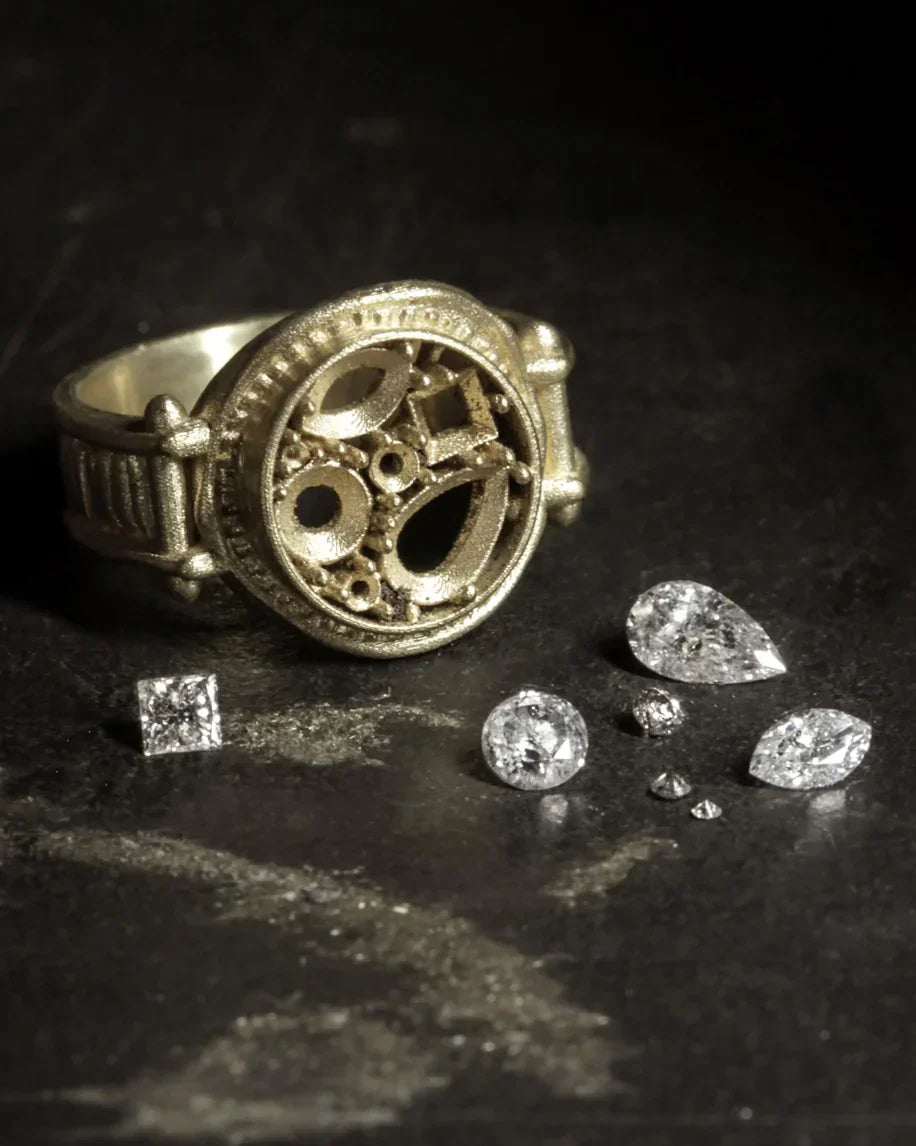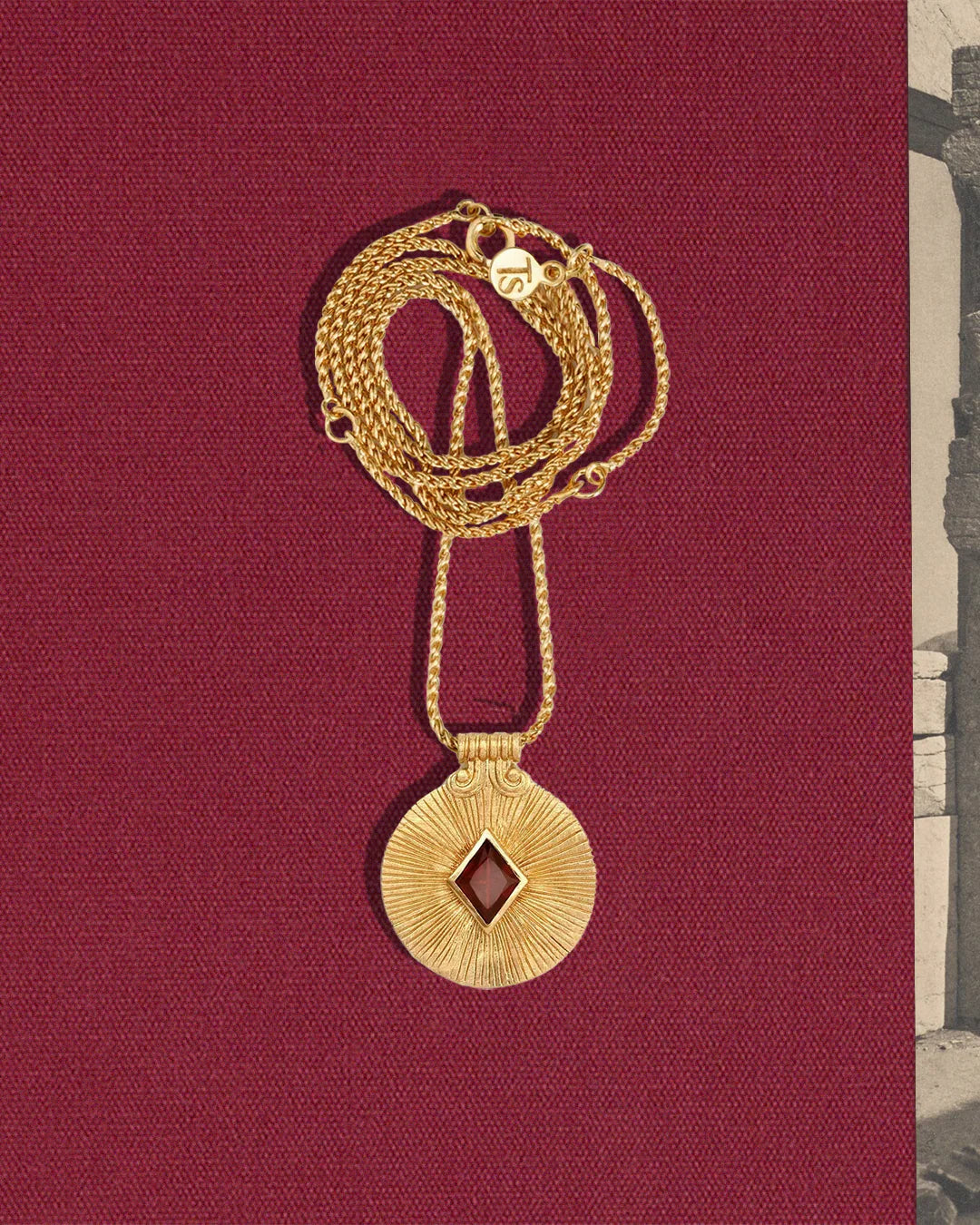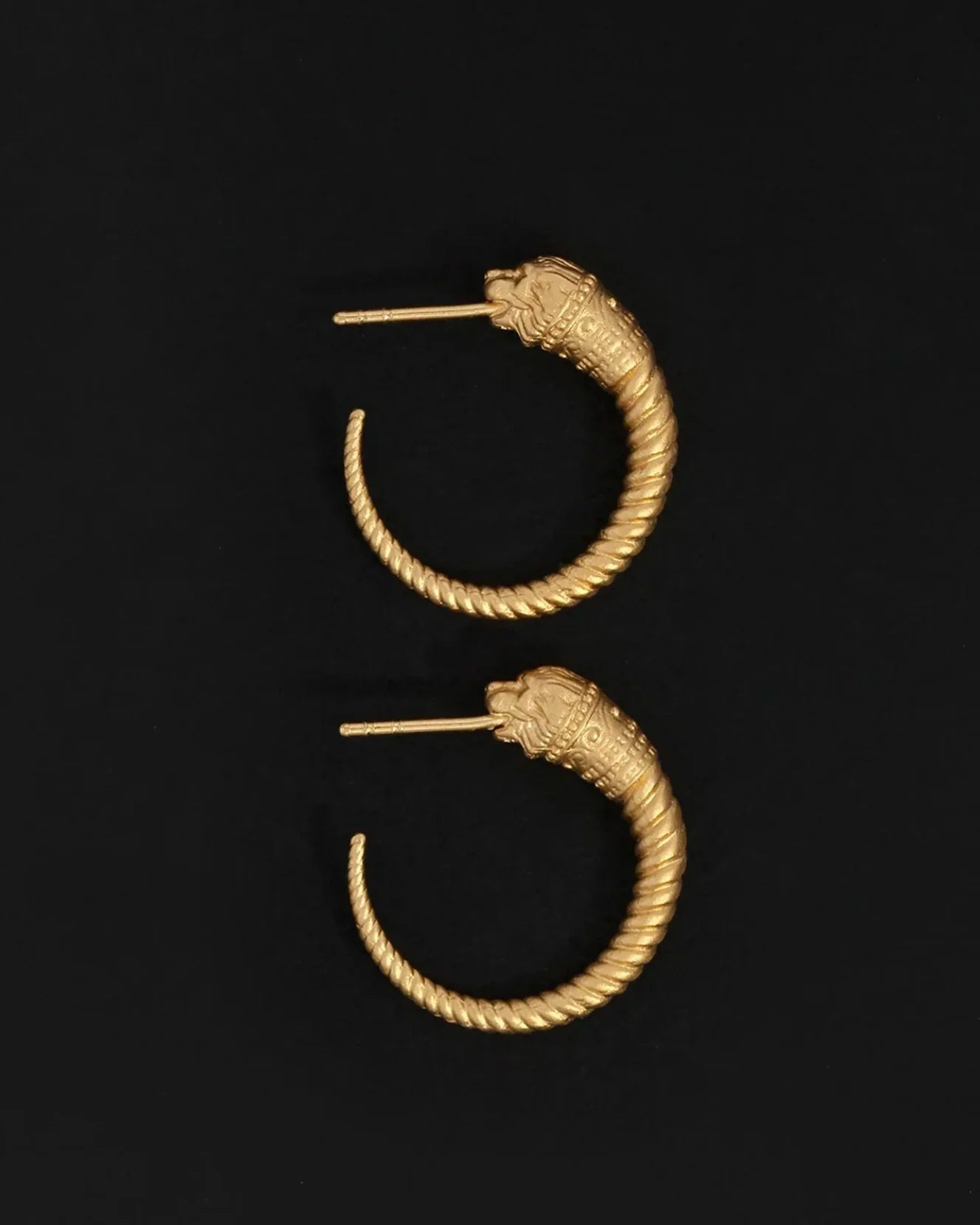
The Ancient History of Hoop Earrings
Hoop and huggie earrings have found a cherished place in countless jewellery collections, including ours. From a beautifully simple statement hoop to delicate stacked huggies, these earrings have cemented their status as enduring pieces of jewellery.
In fact, hoops have graced ears not only in contemporary times, but for centuries, weaving a rich history that traces back to ancient civilisations. Read on to discover the origins of this timeless piece and explore the contemporary styles captivating us today.
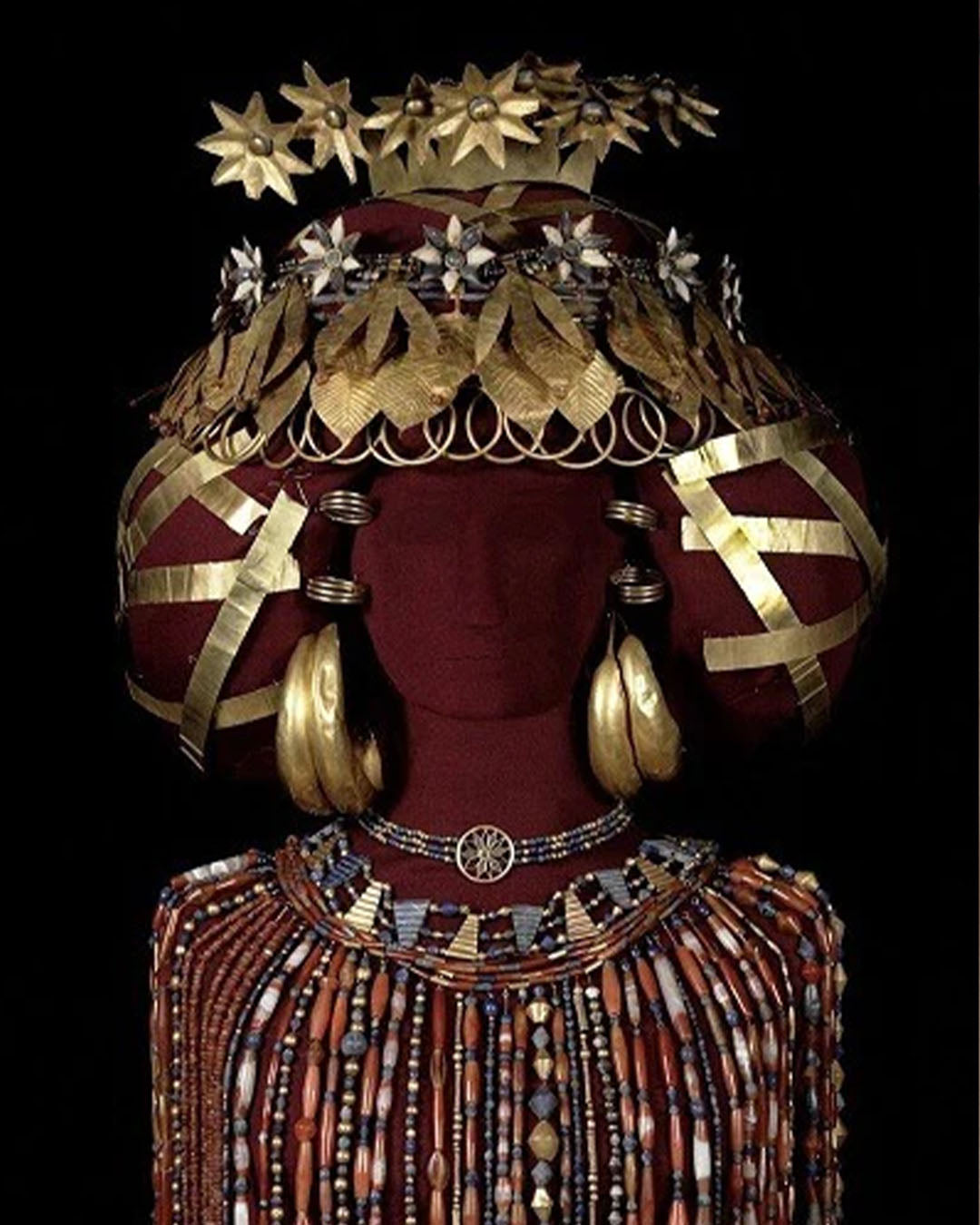
Archaeologists have found evidence of gold hoop earrings in the frescos and tombs of ancient times, including the Sumerians of Mesopotomia 5,000 years ago – now the regions of Iraq, Iran, Syria and Turkey. The findings of the Sumerian culture indicates they were incredibly sophisticated with skilled jewellers who created pieces using precious metals and gemstones.
Hoop earrings were introduced to Egypt around 1,5000 BC and worn by men, women and even cats – considered the most sacred animal. In ancient Egypt, hoops were worn for status and style to symbolize power and wealth, with royals and Pharaohs like Nefertiti, Hatshepsut, Tutankhamen and Cleopatra adorning their ears to enhance their beauty.
Egyptian hoops were heavy and thick using twisted gold wire, beads and glass or jasper inlay. Gold was symbolic to the Egyptians who believed it represented the flesh of their Gods and deities, embodying the warmth and light of the Sun. Hoops also carried special meaning as circles represented the rhythms and cycles of life to the Egyptians.


Ancient Greeks and Romans, including Julius Caesar, used gold hoop earrings as status symbols. The Etruscans in Tuscany refined and adorned hoops, while Santorini frescoes from 1600 BC show women depicted in their designs. The Minoans on Aegean islands also sported gold, silver, and bronze hoops.
These ancient Italian and Greek earrings ranged from simple twisted metals to intricate designs with chains, beads, and pendants. In Greece, disk earrings had amphora pendants, figures like Eros, and animal-head finials like lions and rams. These gold hoop earrings were believed to connect wearers with gods, with pendants paying homage to specific deities. Expectant parents honored Hera with cow-headed hoops, while men revered Zeus with bull-headed ones for masculinity.
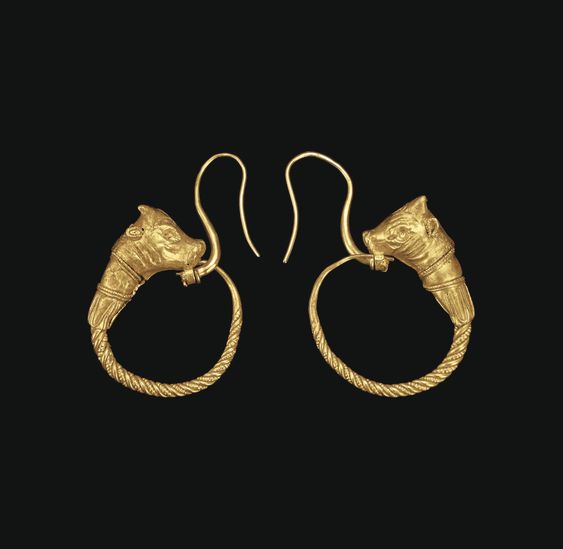
Indeed, the enduring allure of hoop earrings has transcended ancient civilisations, remaining a beloved accessory in countless cultures to this day. At Temple of the Sun, we cherish not only the beauty of these earrings but also their rich history and the profound role they've played. It's essential for us to pay homage to their legacy, in order to respectfully reimagine their beauty for modern day wear.
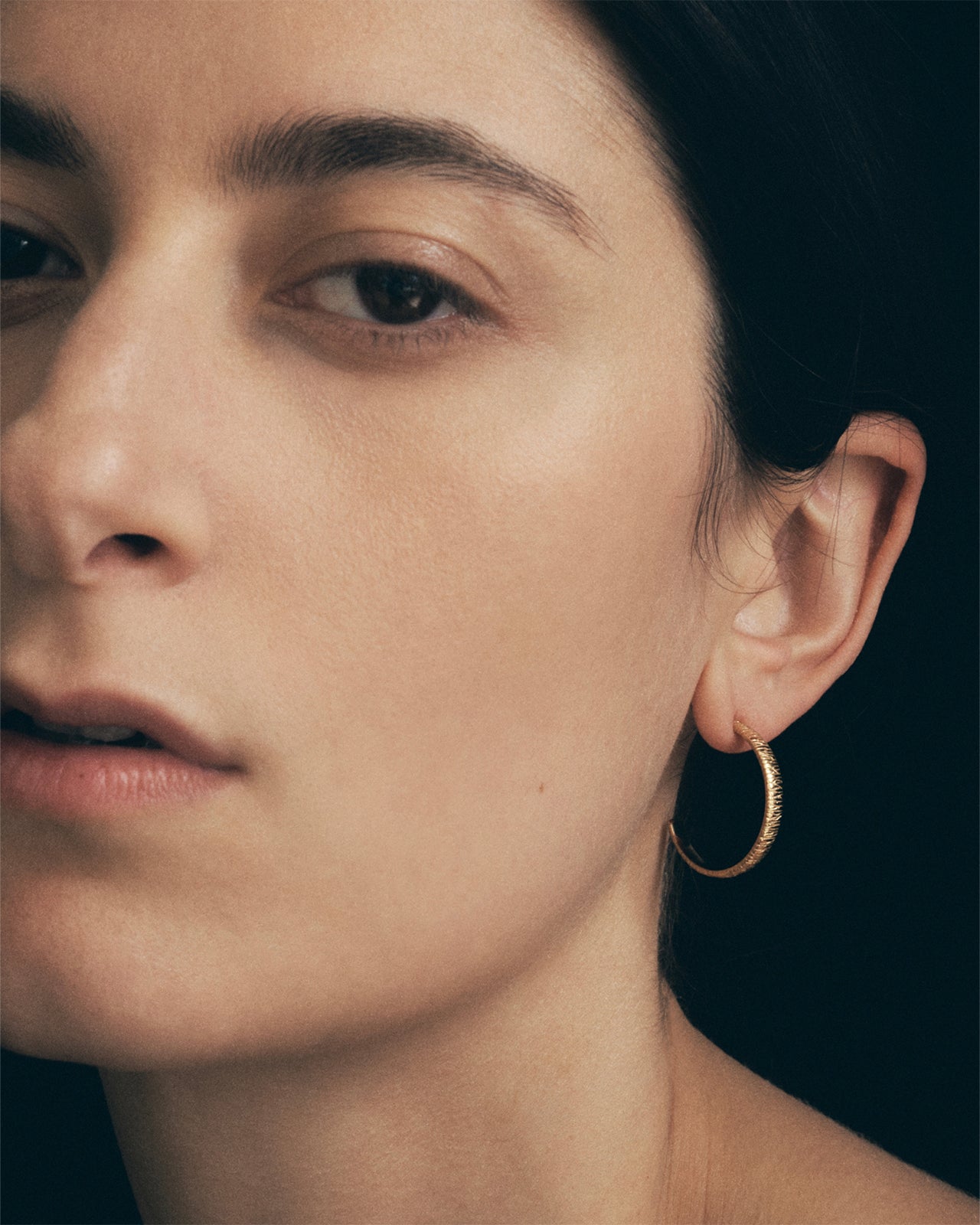
At Temple of the Sun, we've taken inspiration from these timeless treasures to craft a collection that speaks to the essence of hoop earrings. From the bold and captivating Circe Hoop Earrings to the nature-inspired beauty of the Agave Earrings, and the classical charm of the Twisted Carmella Hoop Earrings reminiscent of ancient Greek designs, to the ultimate in luxury with our solid gold Relic Hoop Earrings – our selection pays homage to the enduring appeal of hoops.
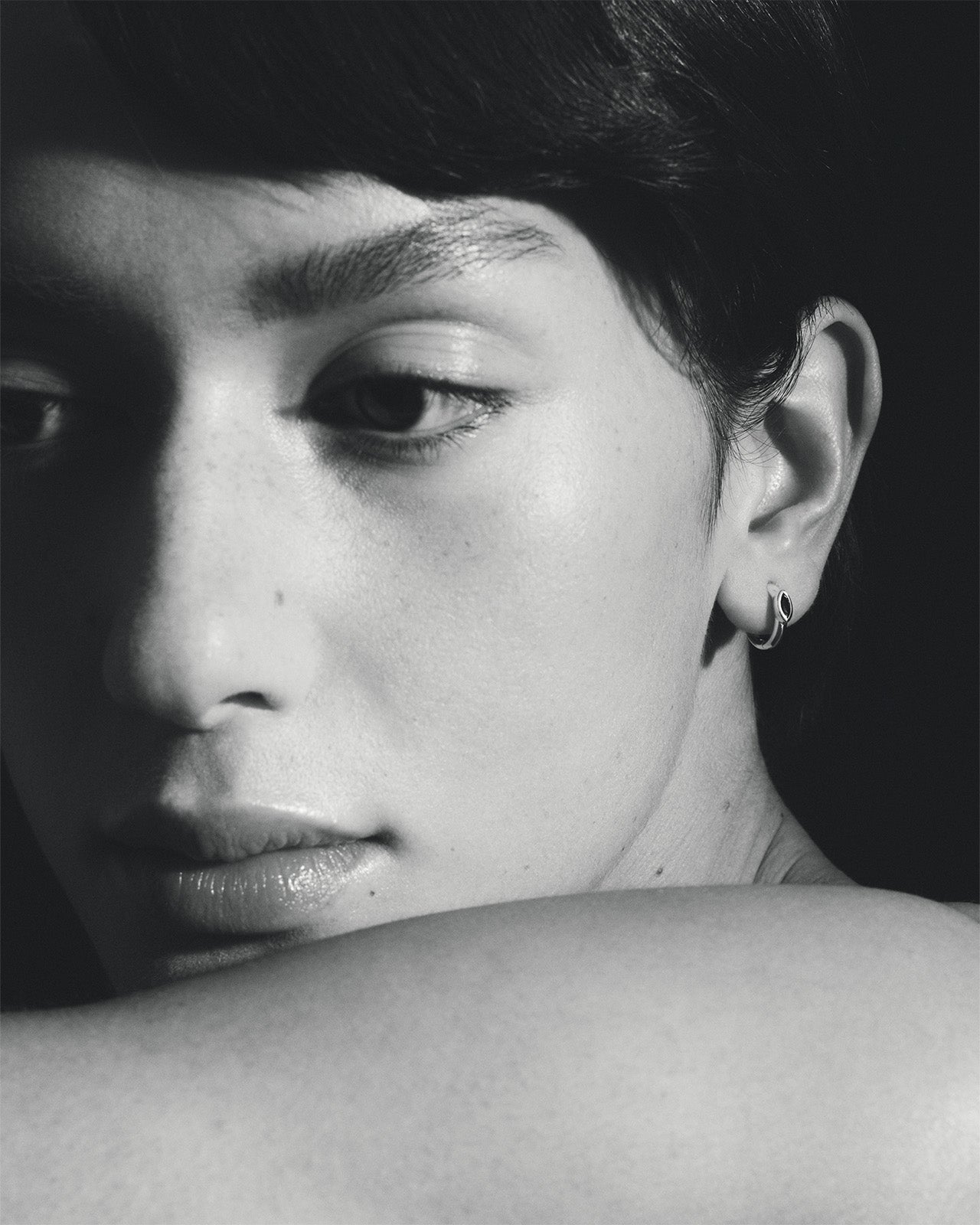
Huggie-style hoop earrings, a contemporary take on a timeless classic, beautifully bridge the gap between ancient hoop earring traditions and modern fashion. Our huggie earrings pay homage to the simplicity of ancient designs, embracing the elegance of minimalism. The simple Omega Huggie Earrings and the Helix Huggie Earrings make the perfect building blocks for a layered and stacked earring look.
